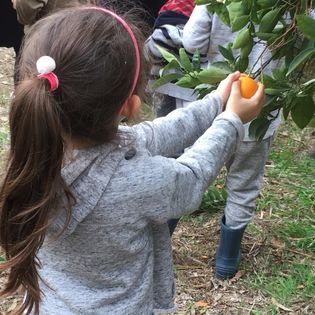Maintaining a farm in Israel, often brings the Torah to life. I have learned so much. One example is Kil'ayim.
Before I go on, I want to add this disclaimer. My knowledge is limited to what we have done. In other words, when there is an issue, we will often ask and then learn the halacha (Jewish Law) related to it. If there is a different issue although related, I may not have learned about it. So no one should use what I am about to write without consulting a Rabbi or other person.
To get started, I asked ChatGPT to provide an explanation of kil'ayim co I could add something here.
Kil'ayim, also spelled "Kilayim" or "Kilaym," is a biblical term that originates from Hebrew and is also mentioned in other ancient texts. It refers to a prohibition in Jewish agricultural law against sowing or planting a mixture of different types of seeds together or grafting different species of plants onto one another.
The concept of Kil'ayim comes from two specific passages in the Torah (the first five books of the Hebrew Bible or the Old Testament), which are Leviticus 19:19 and Deuteronomy 22:9-11. These passages state that one should not sow one's field with two different kinds of seeds and should not wear clothing made of mixed fibers. Additionally, they prohibit planting a vineyard with different types of plants and breeding animals of different species together.
The prohibition of Kil'ayim was intended to maintain the integrity and purity of different species in nature and prevent any hybridization that could lead to unintended consequences or corruption of natural order. This law is an example of one of the many agricultural and ethical laws found in the Torah that guide Jewish agricultural practices and daily life.
Kil'ayim does not apply to fruit trees. The concept of Kil'ayim is focused on the mixing of seeds or crops in a field, not plating of fruit trees. However it does impact us when it comes to grafting.
We often graft. Grafting has many benefits. For example, when a tree has returned to its rootstock (such as, an orange tree starts producing a sour lemon-like fruit), we will graft from a healthy tree to encourage growth of tasty oranges.
According to the laws of Kil'ayim, we can graft within the same family. An orange branch can be grafted to a lemon tree, a peach can be grafted to an almond tree but a peach cannot be grafted to a lemon tree.
